HUMAN RESOURCES ANALYTICS
19 FEB 2026
TUESDAYS & THURSDAYS
5 PM PT / 8 PM ET
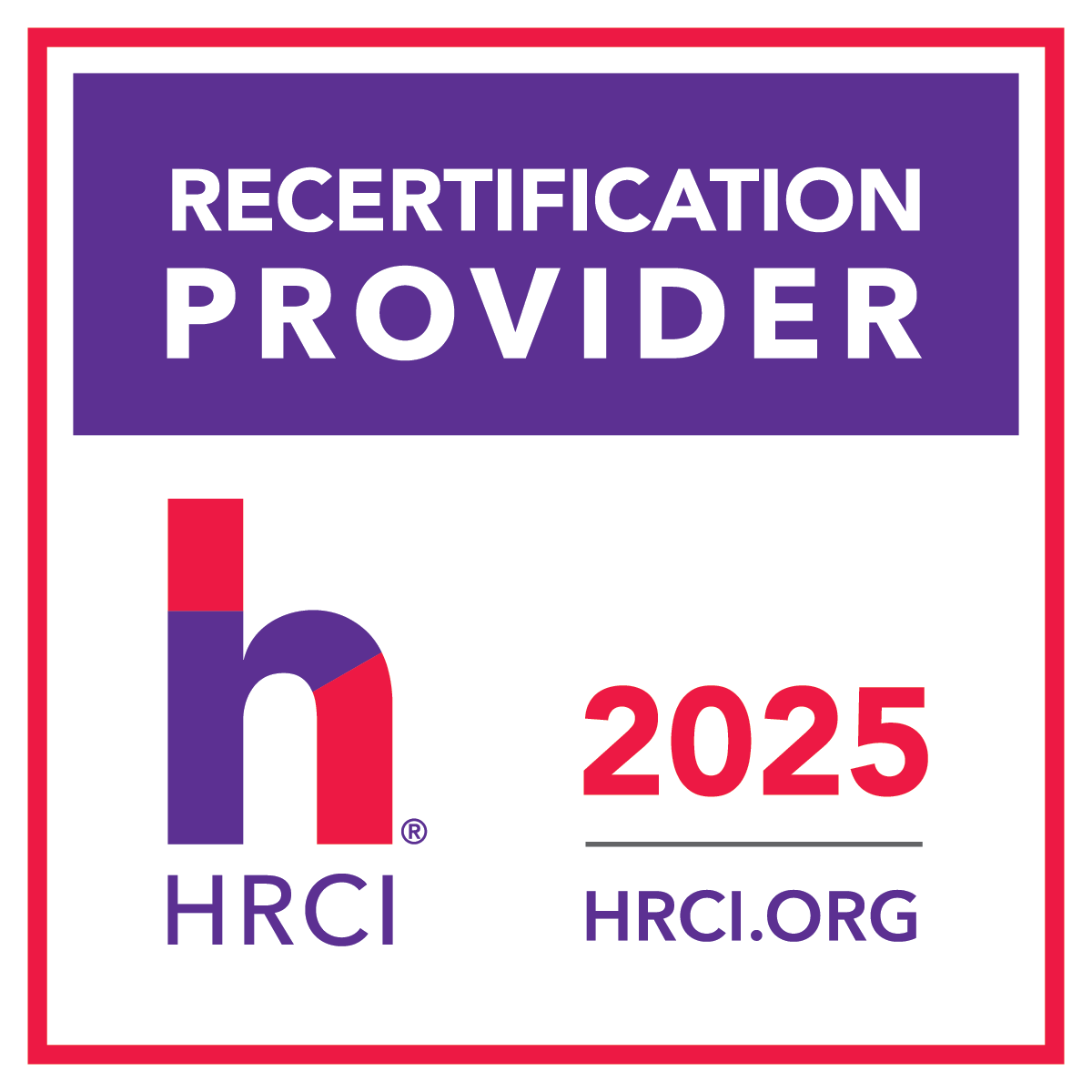
ON HUMAN RESOURCES ANALYTICS
13 JAN 2026 - 19 FEB 2026
DURATION:
6 WEEKS
TUESDAYS & THURSDAYS
5 PM PT / 8 PM ET
Turn HR numbers into business impact. Master analytics that shape hiring, retention, and everything in between.
See beyond the spreadsheets and uncover the story in your workforce under the guidance of Zach Williams, a People Analytics, Data Science & Recruiting Analytics leader.
THIS COURSE IS FOR YOU, IF...
-
YOU ARE AN HR PROFESSIONAL
You know your people, but now it’s time to know your numbers. We’ll help HR business partners, HR managers, recruiters, and OD consultants turn instincts into insights with step-by-step analytics tools. Learn to clean data, build dashboards, and connect HR strategies to business outcomes, so you’re not just supporting the business, you’re driving it.
-
YOU ARE AN EARLY-TO-MID CAREER ANALYST
You’ve got the analytical toolkit, now you need the HR playbook. This HR analytics course shows you how to apply your skills to real datasets and challenges: from recruitment funnels to workforce planning. Learn how to partner with HR leaders, navigate people systems, and translate raw data into decisions that shape careers and cultures.
-
YOU ARE AN ASPIRING HR ANALYST OR DATA ENTHUSIAST
You’re curious about the people side of data but don’t know where to start. We’ll give you the roadmap, guiding you through ethical challenges, hands-on exercises, and HR use cases that matter. By the end, you’ll know how to build insights that boost performance, improve retention, and open doors into one of the fastest-growing areas in HR.
Our students work in 1600+ companies worldwide
This program covers every corner of HR analytics, from metrics and ethics to predictive modeling and dashboards. Each class and hands-on assignment gives you practical tools you can use now, not theory you’ll forget later.
Learn from real-world HR analytics wins and missteps. You’ll unpack case studies from Johnson & Johnson, Cisco, Credit Suisse, and more. Then clean messy datasets, run predictive models, and scale insights with dashboards during workshops.
Your capstone is a full HR Analytics package tackling a real workforce challenge like turnover, absenteeism, or pay equity. Choose between a stakeholder presentation or an interactive dashboard: either way, leave with an actionable portfolio piece.
- Director of People Analytics at Salesforce
- Leads People Analytics, Data Science, and Recruiting Analytics initiatives with deep expertise in workforce planning, talent acquisition strategy, and data-driven decision-making
- Drives advanced analytics at Salesforce, where his team designs and delivers solutions that sharpen headcount forecasting, optimize recruiting performance, and enhance global hiring outcomes
- Brings nearly a decade of experience from Boeing, where he advanced through technical and leadership roles spanning HR, IT, and Data Science
- Bridges complex analytics with business strategy, translating data into actionable insights that deliver measurable, cross-functional impact at enterprise scale

Kick off the course by meeting your instructor, getting an overview of the course structure, and understanding what your assignments and final project will entail.
- Meet your instructor
- Course structure
- Assignments
- Final project overview
Explore the foundations of HR Analytics, from defining its scope to understanding how AI is transforming the space. Learn how analytics has driven tangible business outcomes in organizations, and begin to identify opportunities to apply similar insights in your workplace.
- Defining HR Analytics
- Data-driven HR
- Key principles and roles
- The HR analytics lifecycle
- AI tools transforming HR
- Case Studies: 5 impactful people analytics projects
- Discussion: What’s the most data-informed HR decision you’ve seen at work—and what made it effective (or not)?
Assignment #1: Write a 1-page reflection: What is People Analytics, and how could it support a challenge or decision in your current, past, or hypothetical role? Use this as a foundation for your capstone project.
Examine the emerging trends shaping HR Analytics today. Understand which tools and strategies are gaining traction, how AI is enabling smarter workforce decisions, and why analytic skills and critical thinking remain vital.
- Emerging priorities in HR analytics
- Popular tools: Tableau, Power BI, Plotly
- Skill gaps & reskilling opportunities
- Analytic skills in an AI-driven world
Dive into HR metrics across the employee lifecycle. Learn to establish KPIs that matter, align analytics with business goals, and identify the metrics that truly drive performance in different teams.
- Aligning analytics with business goals
- Critical focus areas
- Selecting metrics for different teams
- Employee lifecycle review
Assignment #2: Identify the employee lifecycle stage for your challenge, define success KPIs, and note key leaders or partners for collaboration.
Understand the legal, compliance, and ethical landscape in HR Analytics. Learn how to recognize and mitigate bias, protect employee data, and build trust while using analytics responsibly.
- Data privacy and protection
- Data security & HR’s responsibility
- Recognising and mitigating bias
- Case studies: Hirescore Lawsuit & “creepy analytics” examples
Assignment #3: Draft your business case/analytics proposal using the provided template, covering problem statement, business value, ethical/compliance considerations, risks, and mitigations.
Gain practical skills in gathering, evaluating, and preparing HR data. Learn how to create a single source of truth, ensure data quality, and leverage AI-assisted tools for faster and more accurate analysis.
- Common HR data sources
- Business context & process knowledge
- Data cleaning, merging, anonymizing, & validation
- Discussion: Where have you seen data mislead business decisions?
- Workshop: Work in groups to clean two messy HR data files with duplicates, missing values, and inconsistent formats.
Assignment #4: Select a dataset to use for your analysis. Document in your proposal template where you’d source this data in your current organisation.
Build a statistical and analytical mindset for HR. Learn to frame questions as hypotheses, apply descriptive and inferential statistics, and visualize trends to uncover actionable people insights.
- Framing questions as hypotheses
- Exploratory and inferential statistics
- Descriptive statistics in HR
- Visualizations used in EDA
- Segmentation strategies
- ChatGPT interpreting statistical results
Assignment #5: Develop testable hypotheses for your dataset and document potential segmentation strategies (tenure, geography, function, etc.).
Step into the role of a data detective. Apply Exploratory Data Analysis with AI support, uncover insights, and practice interpreting and communicating results effectively.
- Guided Case Study: Identifying causes of high attrition in a department over the past year
Assignment #6: Apply EDA to your dataset. Submit 2–3 charts showing trends or confirming relationships and provide your interpretation.
Learn when and how to apply predictive modeling in HR. Explore practical use cases and build a simple predictive model to forecast outcomes such as attrition or promotion likelihood.
- When prediction is useful
- Use cases: Predicting turnover risk, promotion likelihood, hiring outcomes
- Past vs. future analytics
- Workshop: Build a simple predictive model
Assignment #7: Create a modeling blueprint outlining your outcome, features (inputs), method, evaluation, and ethics check.
Assignment #8 (optional): For bonus points: Use ChatGPT to forecast attrition with the IBM dataset. Submit a 1-page summary of predictive attributes.
See how predictive modeling and employee listening drive real organizational impact. Learn what works, what’s messy, and what truly improves retention.
- The importance of employee listening
- Case Study: Lincoln Financial: Employee listening as a driver of retention strategy
- Guest Speaker: Q&A Session
Assignment #9: Identify at least 3 variables you could capture via employee listening to enhance your predictive model.
Turn analysis into insight with compelling data visualization. Learn best practices for dashboards, reports, and storytelling to ensure HR and business audiences understand and act on your insights.
- Principles of good data storytelling
- Choosing visuals for stakeholders
- Dashboard vs. ad-hoc insight delivery
- Demo: Tableau/ Plotly
Final Project Options:
- Presentation (±5 slides) with EDA findings, recommendations, and KPIs.
- Dashboard/prototype visualizing key insights.
Learn how to move from insights to sustainable, repeatable impact. Prototype dashboards while addressing governance, usability, and decision-making integration.
- When dashboards add value
- Dashboard prototyping: Plotly, Streamlit, Tableau
- Governance
Present your final project like a people analytics consultant. Receive structured peer feedback, reflect on key takeaways, and translate your work into a portfolio-ready piece.
- Volunteer final project presentations
- Structured peer review
- Reflection on key takeaways
- Portfolio piece
- Final career tips & Q&A
What our students say

"I really enjoy the format of the course. Lectures with real life examples and an ongoing case study. Also built in 20 minutes at the end of each class for questions is helpful."

"Overall I'm impressed with the level of detail and explanation around particular topics and subjects. There's a real depth to each module which for learning allows the information to stay in your brain."

"The group activities, they allow us to interact and exchange ideas, plus the way it is structured is challenging and mind twisting as we collaborate in different parts of the ideation."

"I enjoyed the structure of the class. I like how we learned about a topic and practiced it in the workshops. It’s helped me to apply what I learned!"



